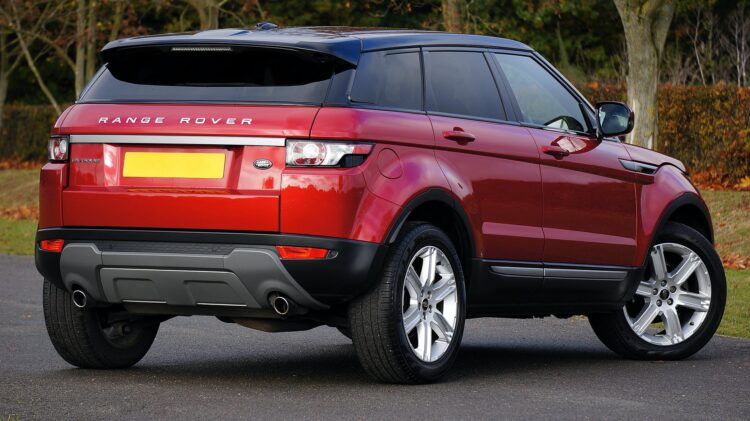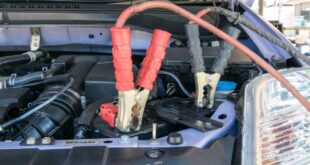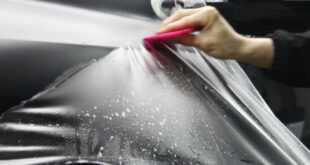The lifespan of a vehicle can be lengthened with proper care and maintenance. Being a good car owner is also reflected in the way a car looks. While it could be expensive to always bring your vehicle to an expert or a shop, there’s always an option to do things yourself. This entails more effort, but you’ll be able to save tons of money with DIY vehicle maintenance and fixes.
It’s always better to have protective features in your vehicle that will avoid that much hassle in the future. It can be as simple as putting on durable seat covers, adding cargo mats, or installing a DIY Bedliner (go to this page for tips). However, as you can’t always avoid minor issues on your car, we’re here to guide you in taking care of two common minor issues with your car: scratches and rust spots.
How to Fix Car Scratches

Whether it’s through accidents or blatant vandalism, we will all get scratches on our cars from time to time. The good thing to know is that they are fairly easy to fix – so don’t be in tears about the damage done to your pride and joy. If the damage is pretty deep then you may need professional help. Garages take great delight in repairing scratches – but will charge you q fair bit for the privilege. However, if your scratch is just a nick caused by a brush against another car, a shopping trolley or – worse of all – some drunken, lunatic scraping it with a key because he has nothing better to do then it’s fairly easy to fix.
You will need a soapy solution to wash around the scratch which will help determine the exact areas where you will need to repair. It’s not always immediately obvious when you first look without the aid of soapy water. Then you need to use a polishing compound to fill in the area affected. These are available at all good motoring outlets. Don’t use any other filler – you will be surprised at the number of people who have tried putting a filler designed for walls on their cars!
Apply the polishing compound to a clean cloth and rub it into the car scratch using a circular motion. This will help to fill in the scratch better than a simple up or down or side to side motion. When you have done that, leave for a few minutes for the compound to fully set.

You will need to use another clean cloth to wipe the compound away. Again use a circular motion to wipe away all the excess compounds. Have a close look at your attempts. If the damage is not repaired after your first try, you may have to sand down gently and give it a second attempt. Don’t panic – the problem WILL be solved. Just have faith in yourself.
To finish the job you will have to apply a coat of wax in the natural color of your car. Always check the color code of your car when applying the wax. This will be found on your VIN plate, which is normally under the bonnet. When applying the wax, always remember that the rule of thumb is to put it on in straight lines – either in an up and down motion or side to side.
Most importantly, remember the exact color code for your car. Getting a color that does not match will look even worse than the original scratch! Finally, be more careful in the future where you park!
How to Fix Rust Spots on a Car

So you’ve decided to restore your first classic car, you found an excellent shell at the local salvage yard, and you have the money to make your dream a reality. But you come to find out that your shell has rust all over it.
Rust can be a nightmare scenario for any custom car builder; if you have rust you will most likely have to remove the infected panels depending on the damage. One of the common misconceptions made by people when dealing with rust is determining surface rust; many people wrongly assume that if the rust has not created a hole then it can only be surface rust. Well, this is quite wrong actually, determining where the rust came from is easy. If the rust has not come through the surface paint then it cannot be surface rust because it came through the inside of the metal. The only true surface rust occurs when the rust comes through the paint. In this article, I’ll be detailing how to locate rust spots and how to properly remove them and protect your investment.

The most common area where rust can be found is on the lip at the bottom of a car door. The car door is like a clamshell, the outer layer is wrapped around the inner layer along the edges and bottom. If you see rust along this area you can usually just get rid of it using a grinder, but this will not completely destroy the rust. In this case, you will most likely have to just cut the rusted section out of the panel since the rust has eaten through the door until you can see it through the paint. Replacing the rusted section of the paneling is actually quite easy, you will need time and some effort but you can rescue your rusted panels.
You will need to wear the proper safety gear when attempting this repair; a hand grinder is a dangerous thing. And if you don’t like wearing safety goggles because you think they look stupid, just imagine yourself if you don’t have any eyes to wear goggles with. When cutting around the rust spot make sure that you hold the grinder tight, don’t cut too fast as precision is the key to any automotive repair. With some modicum of luck you should have eliminated your rust problem, just weld a brand new panel in the previous rust hole and apply filler and primer.
If your rust problems persist you might have to replace the entire panel, hopefully, this will not be the case. Fixing rust spots in your car can be a relatively quick weekend project; you will protect your investment and prevent any further damage.
 Hi Boox Popular Magazine 2024
Hi Boox Popular Magazine 2024



